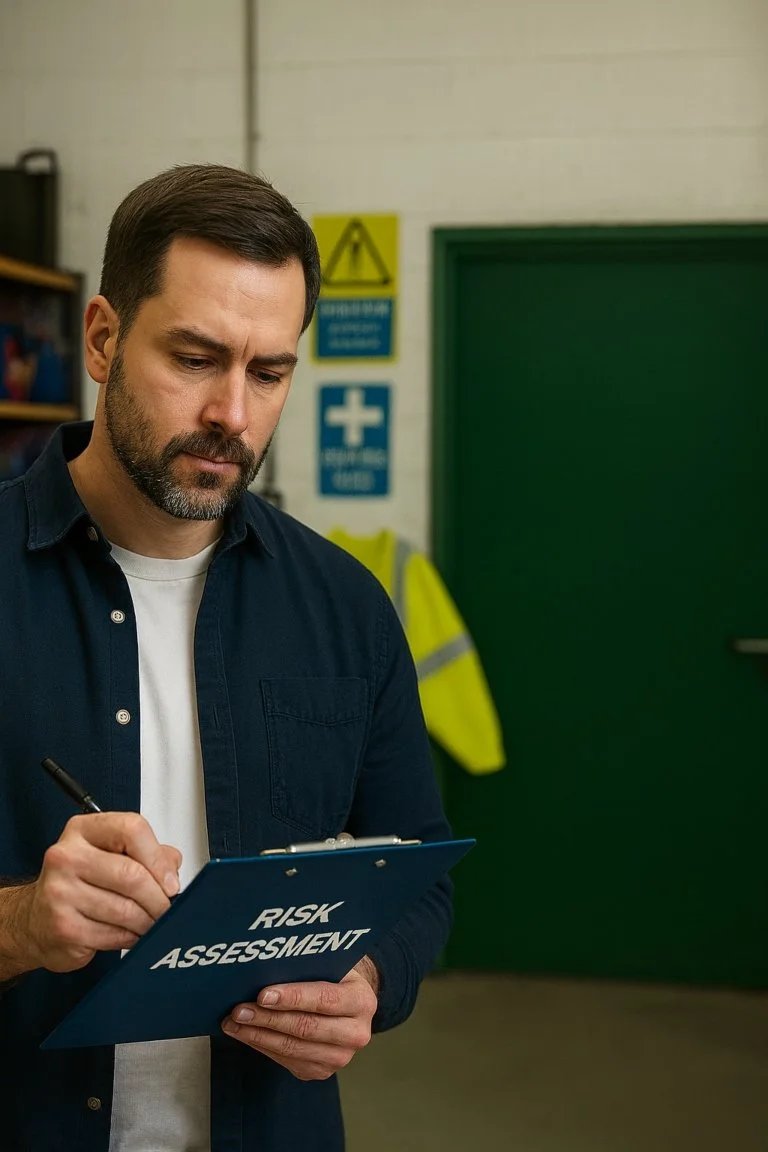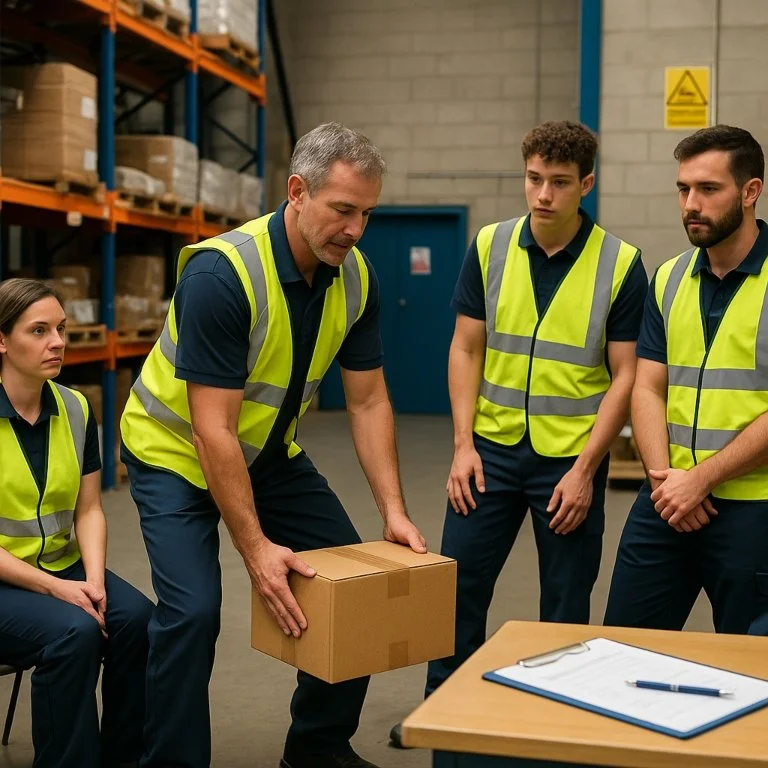The Most Common Health and Safety Mistakes Small Businesses Make
Running a small business means juggling a lot — customers, deadlines, finances, staff… the list feels endless. With all that going on, health and safety can easily slip down the priority list. But ignoring it, even unintentionally, can lead to accidents, fines, insurance problems, and unnecessary stress.
The good news? Staying compliant doesn’t need to be complicated. Most issues come from a few very common mistakes — and they’re all avoidable.
At Tailored Safety, we help small businesses put simple, practical health and safety systems in place. Learn more at https://www.tailoredsafety.co.uk
Let’s look at the mistakes we see most often.
1. Putting Off Risk Assessments
Many small businesses admit they “haven’t got around to it yet,” especially if they think their workplace is low-risk. But risk assessments are not a nice-to-have — they’re a legal requirement.
Delaying them can leave you exposed if something does go wrong.
A more natural approach:
Just walk around your workplace and note anything that could cause harm.
Think about who might be affected and how.
Add simple controls (e.g., tidy cables, add signage, provide PPE).
The key is keeping it real and relevant — not overly formal or complicated.
If you’d prefer a professional to handle it, Tailored Safety offers clear, easy-to-understand risk assessments: https://www.tailoredsafety.co.uk
2. Using Generic Policies That Don’t Apply to Your Business
It’s tempting to download a free health and safety policy and say “that’ll do.” But a generic document rarely reflects how your business actually works.
Why it causes problems:
Staff don’t read or follow it because it doesn’t feel relevant
Insurers may reject claims if your documents don’t match your real risks
Auditors can spot a template instantly
A better approach:
Have a policy that describes your workplace, your team, and your daily tasks. It doesn’t need to be long — just accurate and practical.
3. Not Providing Enough Training (or Not Keeping Proof of It)
Most accidents happen because someone didn’t know the safest way to do something — or didn’t realise a risk existed.
And even if you do train your team, it doesn’t really help you unless you can show proof of it.
Simple fixes:
Give new starters a short safety induction
Provide task-specific training (e.g., manual handling, using tools, working at height)
Keep a register or folder of training certificates
This helps keep your workforce safe — and protects your business if an accident happens.
4. Poor Housekeeping and Messy Workspaces
This might sound too simple to matter, but slips, trips, and falls are by far the most common workplace accidents.
Common issues include:
Cables trailing across the floor
Boxes blocking walkways
Overflowing bins
Tools left out
Spills not cleaned quickly
The fix:
A tidy workplace is a safer workplace. A quick daily check can make a huge difference.
5. Not Updating Safety Measures When Things Change
Businesses evolve — new staff, new equipment, new services, new premises.
But many safety documents never get updated to reflect these changes.
What this can lead to:
Outdated procedures
Gaps in training
Incorrect risk assessments
Missed hazards
Tip:
Review your documents once a year, or whenever something changes. It doesn’t need to be complicated — just keep things up to date.
6. Treating Health & Safety as a One-Off Task
Health and safety isn’t something you tick off once and file away.
It works best when it becomes part of your everyday routine.
How to build a positive culture:
Hold quick toolbox talks or safety briefings
Encourage staff to flag risks early
Lead by example — if you take safety seriously, your team will too
Recognise good practice
When safety becomes part of your daily habits, the whole workplace feels more confident and secure.
Final Thoughts
Small businesses don’t need huge budgets or complex paperwork to manage health and safety effectively. With a few simple, natural habits — regular checks, clear communication, and relevant documents — you can create a safer, smoother-running workplace.
If you’d like support with risk assessments, training, safety policies, or ongoing compliance, you’ll find helpful, straightforward services at:



